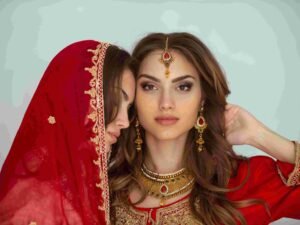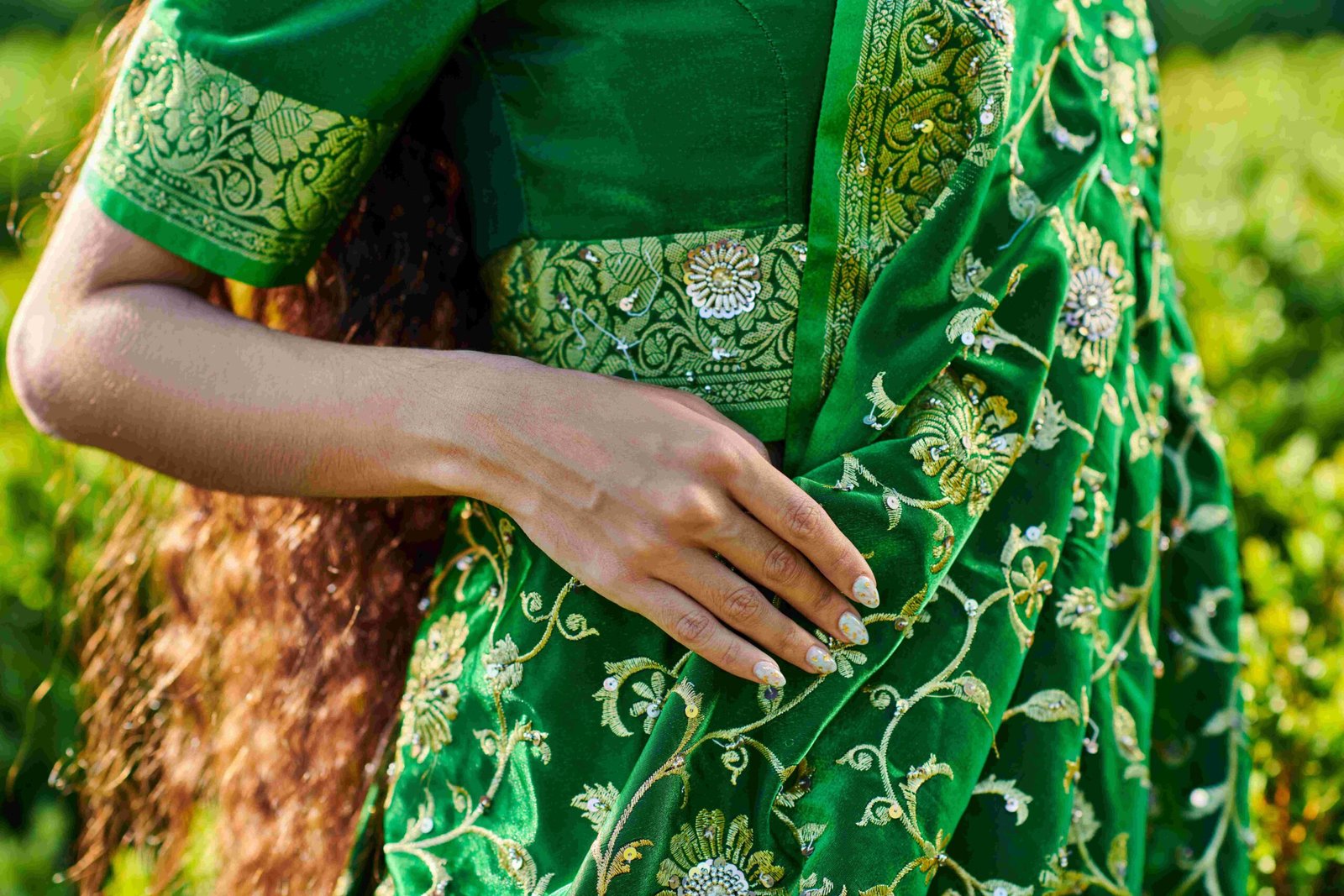Kanchipuram sarees have a rich history dating back centuries, with origins potentially linked to Hindu mythology and skilled weavers from Andhra Pradesh who settled in Kanchipuram. These sarees are renowned for their craftsmanship, intricate designs inspired by temples and nature, and use of pure mulberry silk. The Chola dynasty and later the Vijayanagara Empire played significant roles in the development of silk weaving in Kanchipuram.
Key Historical Points:
- Ancient Origins:
The history of Kanchipuram sarees is believed to be intertwined with Hindu mythology, with some accounts referencing Sage Markanda, a skilled weaver, and his descendants, who were weavers of gods.
- Chola Dynasty:
The Chola dynasty, which ruled South India from the 9th to 13th centuries, was a major patron of art and culture, including the weaving industry, which flourished under their rule.
- Migration of Weavers:
In the 15th century, skilled weavers from Andhra Pradesh, including Devangas and Saligars, migrated to Kanchipuram, bringing their expertise in silk weaving.
- Vijayanagara Empire:
The Vijayanagara Empire further developed the silk weaving tradition in Kanchipuram, with the town becoming a hub for silk saree production.
- Krishna Deva Raya’s Influence:
King Krishna Deva Raya of the Vijayanagara Empire is credited with boosting the silk trade in Kanchipuram and establishing it as a center for high-quality sarees.
- GI Tag Recognition:
The Kanchipuram silk sari has been recognized as a Geographical Indication (GI) by the Government of India, highlighting its unique identity and heritage.
- Modern Era:
Today, Kanchipuram sarees continue to be woven on traditional handlooms by skilled artisans, with each saree taking several days to complete, depending on its complexity.
Features of Kanchipuram Sarees:
- Pure Mulberry Silk:
Kanchipuram sarees are made from pure mulberry silk, known for its lustrous texture and durability.
- Intricate Designs:
Designs are often inspired by South Indian temples, natural features, and mythological stories.
- Zari Work:
Kanchipuram sarees often feature intricate zari work made from real gold or silver threads.
- Bold Colors:
Traditional Kanchipuram sarees are known for their bold, contrasting colors.




